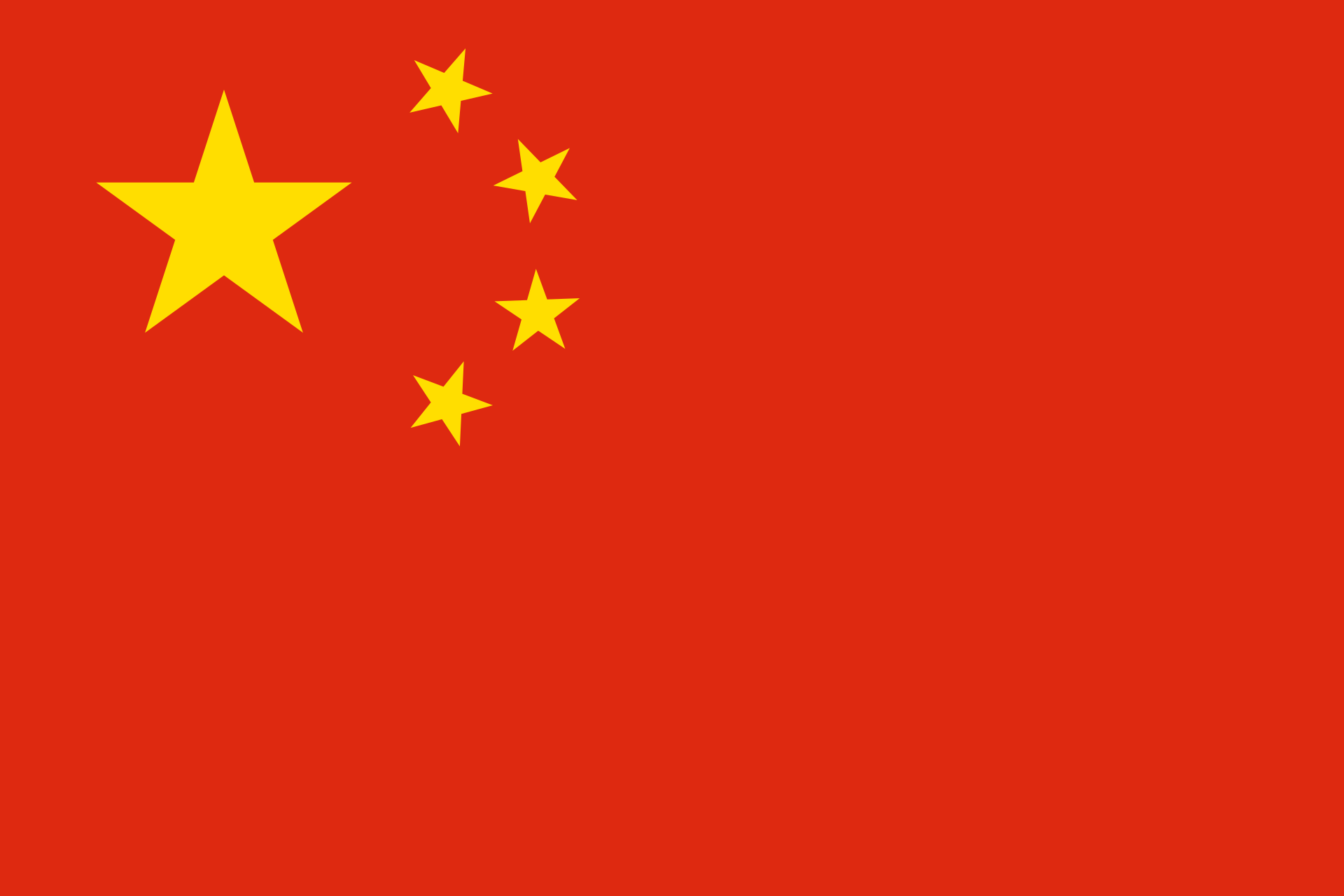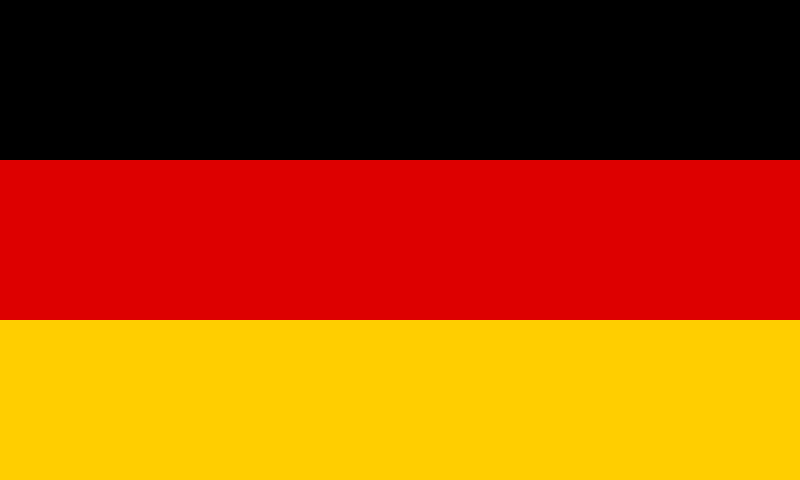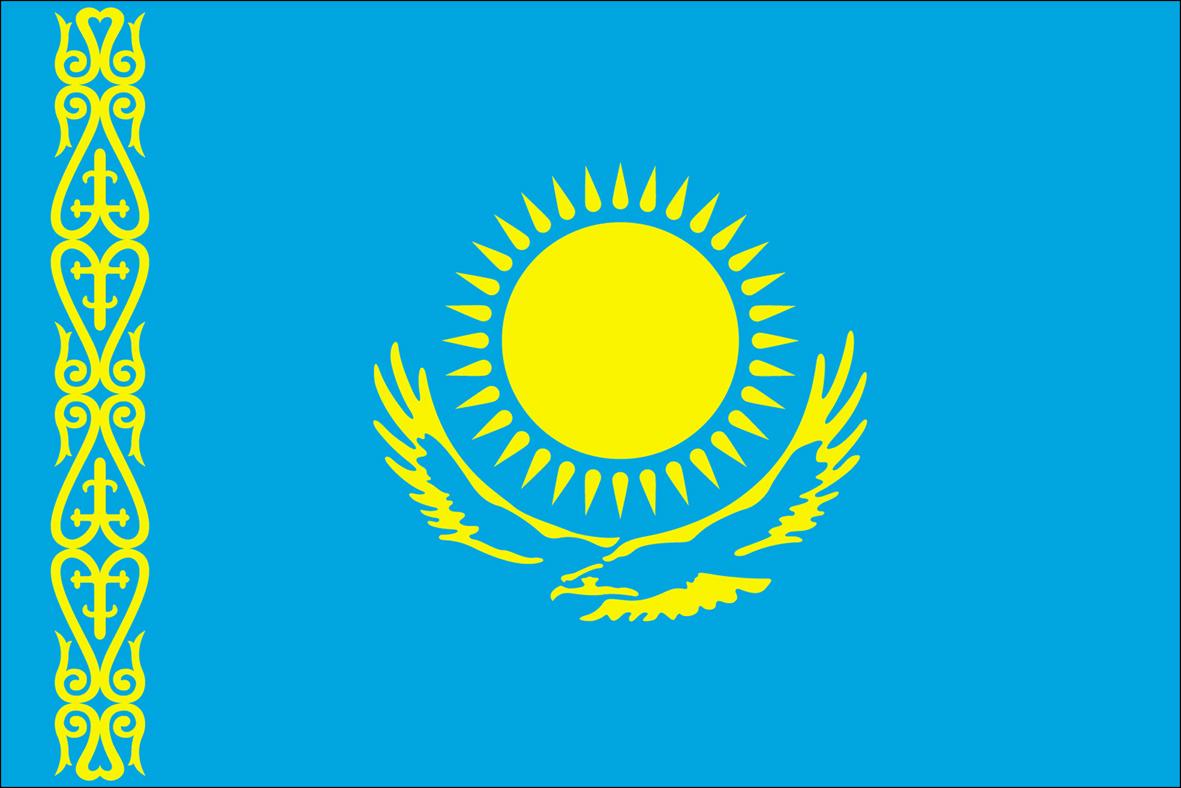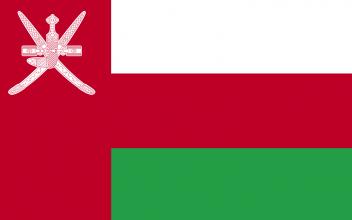International Symposium “Dialogue with Silk between Europe and Asia: History, Technology and Art”
Kyrgyz Textile PatternsThe International Symposium “Dialogue with Silk between Europe and Asia: History, Technology and Art” and the second annual meeting of International Association for the Study of Silk Roads Textiles (IASSRT) was held from November 29th to December 1st, 2017 in Lyon, France. It was co-organized by China National Silk Museum and Musées Gadagne of Lyon.

The international symposium was opened by speeches by Deputy Mayor of Lyon, Mr Jean-Dominique Durand, the Director of Musée Gadagne, Mr Xavier de la Selle, and Director of China National Silk Museum, Mr Feng Zhao. 40 specialists and scholars from China, France, Great Britain, Italy, the Russian Federation, South Korea, Japan, and Thailand made presentations on the silk weaving and traditional textiles styles influences following the Silk Roads’ impact in Europe, Asia and other area. The speakers also discussed the artistic features seen on the silk and the technologies used to produce them. Silk’s important role was highlighted in its capacity to promote the cultural dialogue on the Silk Roads.
The participants also had the opportunity to visit the Musée Gadagne, which explains the Silk Roads’ influences in the city and in France overall, as well as the local silk industry in Lyon to see its historical silk collection. During the third day of the meeting, participants visited the Silk Market (Marché de la Soie), which was organized over four days in the center of Lyon. This market was installed to remind all of the city’s links with silk and has undoubtedly marked its history.





